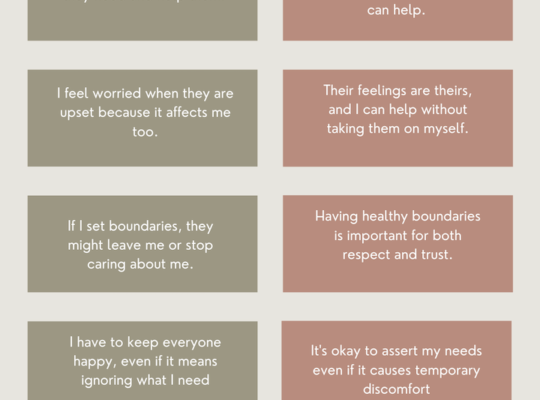In the world of chai and late-night texts, have you ever wondered why your partner’s love doesn’t feel like… love? Like you’re speaking French, but your partner only understands Japanese? You’re not alone. The way we give and receive love is unique to each of us, and understanding these differences can be a game-changer. That’s where the concept of love languages comes in.
What Are Love Languages?
The term “love languages” was introduced by Dr. Gary Chapman, who identified five main ways people express and receive love:
- Words of Affirmation: Compliments, kind words, and verbal expressions of love—the “I love you” people.
- Acts of Service: Doing things to make life easier, like cooking dinner or running errands.
- Receiving Gifts: Thoughtful presents that say, “I was thinking about you.”
- Quality Time: Giving undivided attention, whether it’s a deep conversation or just chilling together.
- Physical Touch: Hugs, kisses, hand-holding, or even just a pat on the back.
Why Love Languages Matter
Love languages aren’t just about romance. They apply to all relationships: family, friends, even yourself. When we understand how someone feels loved, it’s like finding the perfect filter for a photo—everything becomes clearer and more vibrant.
For example, imagine your partner’s love language is Quality Time, but you’ve been showering them with gifts. While your efforts are sweet, they might not feel fully appreciated. That’s the disconnect love languages aim to bridge.
Love Languages Through an Eastern Lens
In many Eastern households, love often looks like Acts of Service: making chai for your spouse, ironing your kid’s school uniform, or helping your parents with their errands. It’s deeply woven into our sense of duty and care.
But modern relationships are blending traditions with personal needs. Maybe you grew up seeing love as acts of service but crave nice warm words from your partner. That’s okay! Recognizing these nuances is part of understanding yourself and the people you care about.
Love Languages in Family and Friendships
Love languages aren’t just for partners—they’re equally important in family and friendships. Here’s how they might show up:
- Family: Parents often express love through Acts of Service, like cooking meals or helping with schoolwork. Children might crave Quality Time, like having a heart-to-heart conversation or playing a game together.
- Friendships: Friends might show love through Words of Affirmation, like hyping you up before a big event, or Receiving Gifts, like surprising you with your favorite coffee.
Understanding the love languages of those closest to you can strengthen bonds and avoid misunderstandings. For instance, if your sibling’s language is Physical Touch, a warm hug might mean more to them than any gift.
How to Identify Your Love Language
If you’re unsure of your love language, start by reflecting on these questions:
- How do you show love to others? (Your love language is often mirrored in how you give love.)
- What makes you feel most appreciated?
- What hurts you the most when it’s missing?
You can also take online quizzes or simply pay attention to what makes your heart light up.
Using Love Languages in Real Life
Here are some practical ways to use love languages in your relationships:
- Words of Affirmation: Text your partner a heartfelt “good luck” before their big meeting. Tell your mom how much you appreciate her cooking.
- Acts of Service: Help a friend move, or take care of a chore your partner dreads. Offer to pick up groceries for your parents.
- Receiving Gifts: Surprise your bestie with their favorite snack or a small keepsake. Gift your sibling a book they’ve been wanting to read.
- Quality Time: Have a phone-free dinner with your family or go for a walk with a friend and actually listen to each other.
- Physical Touch: Give a warm hug, hold hands, or offer a comforting pat on the back. Even a playful nudge can convey affection.
Love Languages and Self-Care
Don’t forget about yourself! Your love language can guide your self-care routines. If your language is Quality Time, carve out solo moments to read or meditate. If it’s Receiving Gifts, treat yourself to something small that brings joy.
Final Thoughts
Love languages are not rules—they’re tools. They’re a way to better understand yourself and the people you love. So, the next time you’re feeling disconnected or misunderstood, ask yourself: Am I speaking their love language? Are they speaking mine?
Love is universal, but the way we express it isn’t. By learning and embracing love languages, we’re not just showing love; we’re making sure it’s received in the best way possible. And that’s the kind of connection that makes relationships—and life—truly beautiful.









